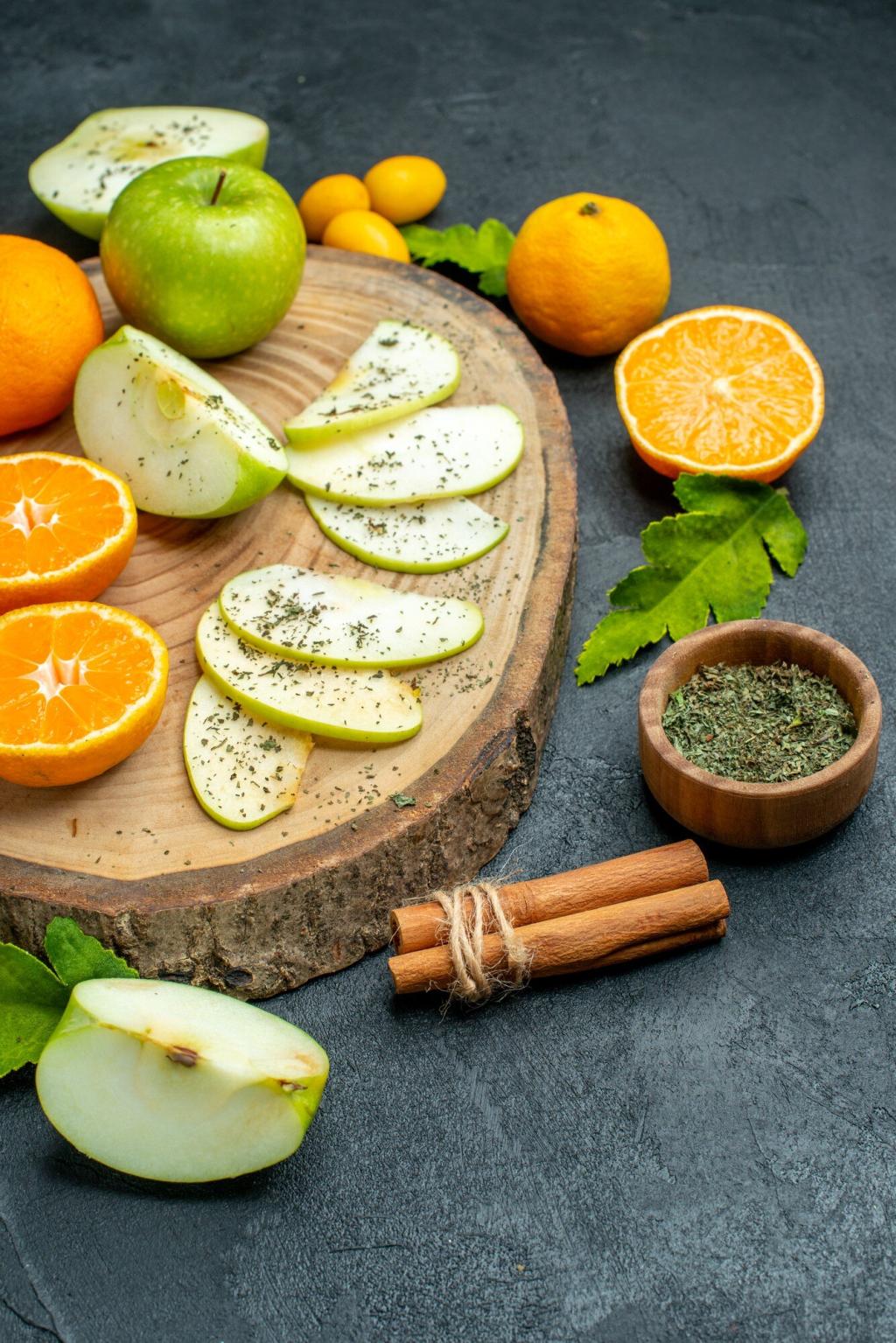
Sustainable Eating: The Seasonal Approach
Chosen theme: Sustainable Eating: The Seasonal Approach. Taste the year one bite at a time, discovering how seasonal choices lighten your footprint, energize your body, and connect you to the stories behind every harvest. Join us as we cook with conscience—and with joy.
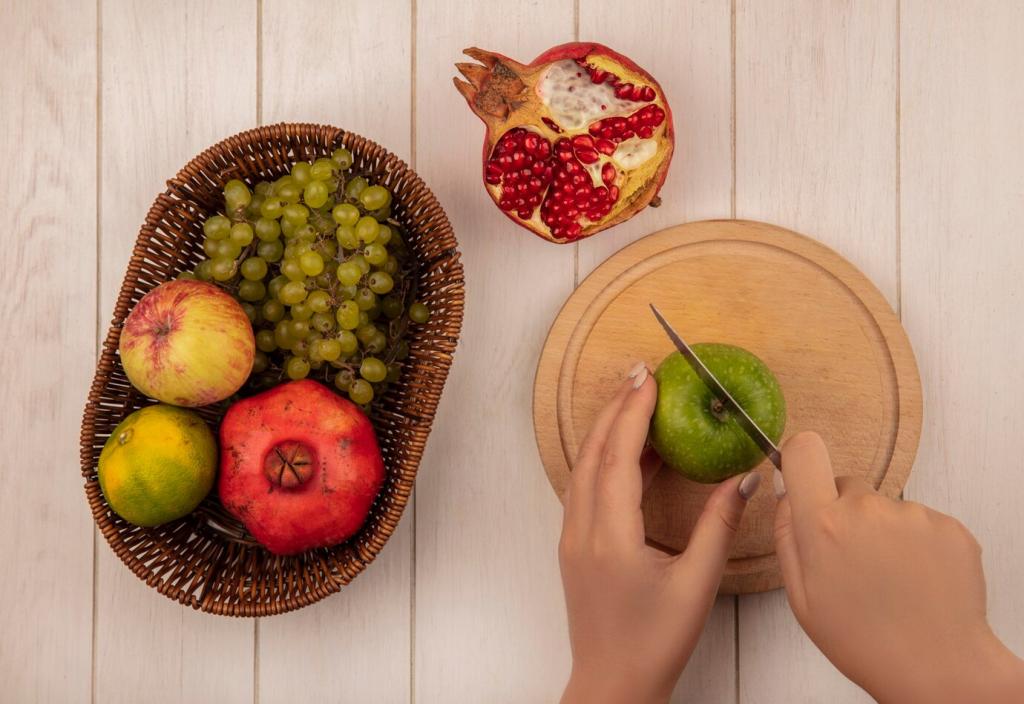
Local Harvest, Lower Emissions
When you choose what’s in season locally, you shorten the supply chain, reduce refrigerated transport, and sidestep energy-hungry cold storage. Those miles matter. Your dinner can be a quiet vote for soil health, wildlife corridors, and fewer fuel-hungry miles on the road.
Nutrient Density at Its Peak
Produce harvested at peak ripeness is not just tastier—it’s typically richer in vitamins and antioxidants. Spinach picked this week tastes brighter than spinach flown halfway around the world. Seasonal eating turns your plate into a timely wellness plan that your taste buds celebrate.
Waste Less With Seasonal Planning
Seasonal planning makes it easier to buy appropriate quantities and use everything you bring home. When tomatoes are abundant, you cook, share, and preserve. In winter, hearty roots stretch across several meals. Less guessing, less spoilage, and a kitchen rhythm that respects the calendar.
A Beginner’s Guide to Seasonal Shopping
Reading the Market Like a Pro
Walk the market once before you buy. Notice which stands are busiest, which crops appear in abundance, and where prices make sense. Ask what’s tasting best today. Seasonal eating becomes intuitive when you scan for color, variety, and the friendly buzz around peak produce.
Questions to Ask Farmers
Farmers love specific questions: Which variety is sweetest? How should I store this? What’s coming next week? Those conversations reveal ripeness windows and cooking ideas you won’t find on a label. They also build community trust, the secret sauce of a resilient seasonal food system.
Building a Flexible Pantry
Keep versatile staples—grains, legumes, oils, vinegars—ready to catch seasonal produce as it peaks. That way, asparagus becomes risotto today, and leftover stalks become a frittata tomorrow. Flexibility reduces impulse buys and turns spontaneous market finds into confident, low-waste meals all week long.
Spring and Summer Flavor Map
Pea shoots, radishes, and tender lettuces ask for minimal fuss—olive oil, lemon, and herbs. Try a quick sauté for asparagus tips and save the trimmings for stock. Spring cooking honors brevity, letting subtle flavors shine while keeping your stove time—and energy use—refreshingly short.
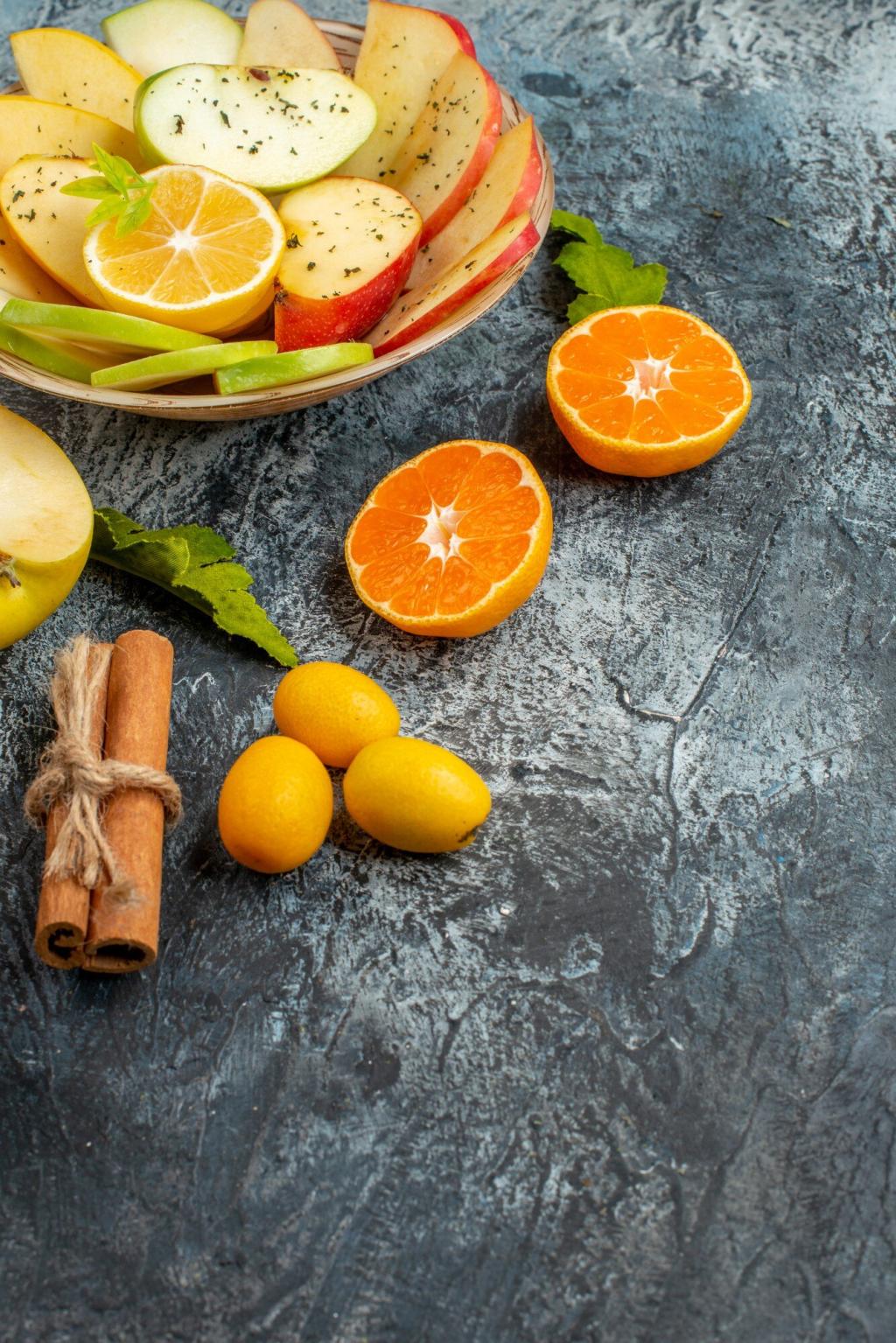
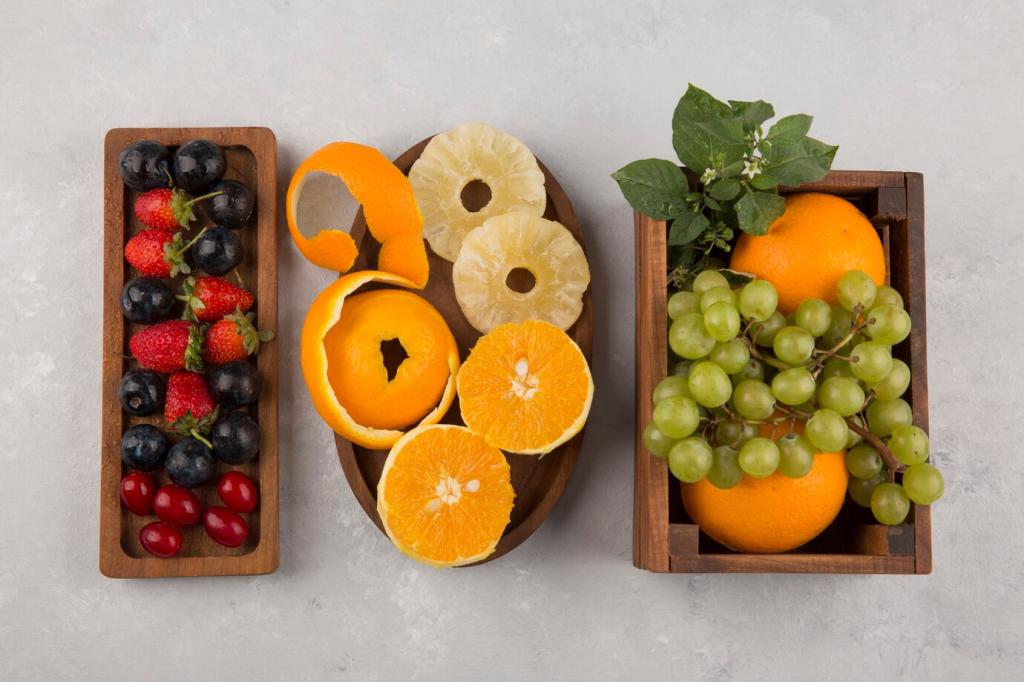
Spring and Summer Flavor Map
Zucchini, peaches, and corn transform on a hot grate, caramelizing without heavy sauces. Grilling outside keeps kitchens cooler and energy bills lower. Pair charred vegetables with whole grains, add a yogurt-herb sauce, and you’ve got a sustainable feast that tastes like a backyard festival.
Autumn and Winter Comforts
Carrots, parsnips, and beets carry the sweetness of stored sunlight. My grandfather swore roasted beets tasted like the first frost—sharp, then gentle. Roast a tray once, repurpose twice: bowls, tacos, and soups. Seasonal frugality turns into flavorful abundance when roots do the heavy lifting.
Autumn and Winter Comforts
A jar of August tomatoes brightens January stews. Fermented cabbage becomes a tangy side that sparks digestion. Home preserving stretches seasonal peaks across the year, minimizing waste and maximizing flavor memory. Start small, label clearly, and celebrate each pop of a successful seal.
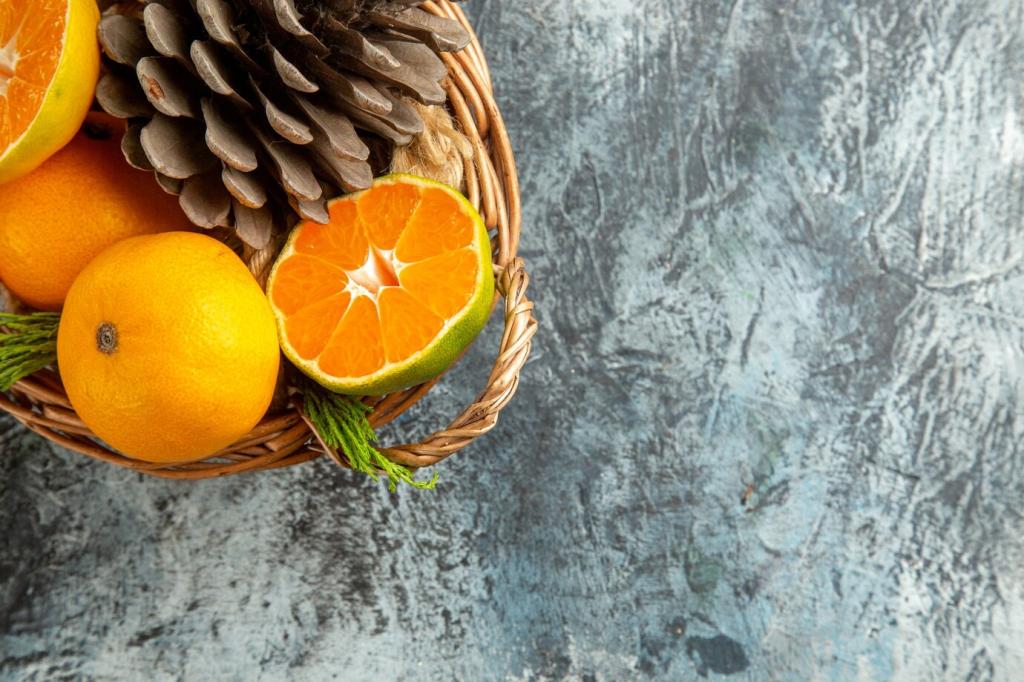
Smart Meal Planning, Seasonal Edition
Plan three vegetable-forward mains, two grain bases, and one flexible sauce. Rotate seasonal produce through these building blocks all week. This simple rhythm reduces decision fatigue, cuts food waste, and keeps your menu playful as the market changes—no elaborate spreadsheets required.
Smart Meal Planning, Seasonal Edition
Roast a mountain of seasonal vegetables once, then remix: grain bowls Monday, tacos Wednesday, soup Friday. Change the sauce, herbs, or texture. Batch cooking saves energy and time while transforming the same base into new meals that still celebrate what your region is currently growing.
Smart Meal Planning, Seasonal Edition
Think of leftovers as ingredients, not relics. Last night’s roasted squash becomes today’s hummus boost or tomorrow’s pasta filling. Seasonal kitchen scraps—carrot tops, herb stems—become pesto or stock. Your creativity turns would-be waste into a string of intentional, sustainable victories.
Community and Culture in the Seasons
Swap imported winter strawberries for a celebratory apple crisp or citrus salad. Keep the spirit, change the ingredients. Small shifts honor both heritage and habitat, showing children how culture evolves with the land. Share your family’s tweaks so others can try them this season.
Community and Culture in the Seasons
Host a backyard swap: surplus herbs for a jar of pickles, extra tomatoes for homemade jam. These micro-markets strengthen local resilience while reducing waste. Post your swap date in the comments—someone nearby probably has exactly the seasonal ingredient you’re hoping to cook with tonight.
Nutrition and Budget Wins
01
Seasonal produce is harvested closer to ripeness, supporting vitamin retention. Spring greens bring folate and vitamin K, summer berries deliver antioxidants, and winter squash offers beta-carotene. A seasonal plate naturally diversifies nutrients across the year without supplements doing all the heavy lifting.
02
When crops peak, prices drop. That’s your cue to buy, cook, and preserve. Freeze herbs in olive oil, dry tomato skins for seasoning, and turn soft fruit into compotes. Strategic, seasonal shopping stretches dollars while turning bargain bins into bright, dependable pantry treasures.
03
Learn to spot signs of seasonality: country-of-origin labels, variety names, and harvest windows listed on farm notes. If it traveled far out of season, consider a local alternative. Reading labels with a seasonal lens keeps choices aligned with your values and your budget.
